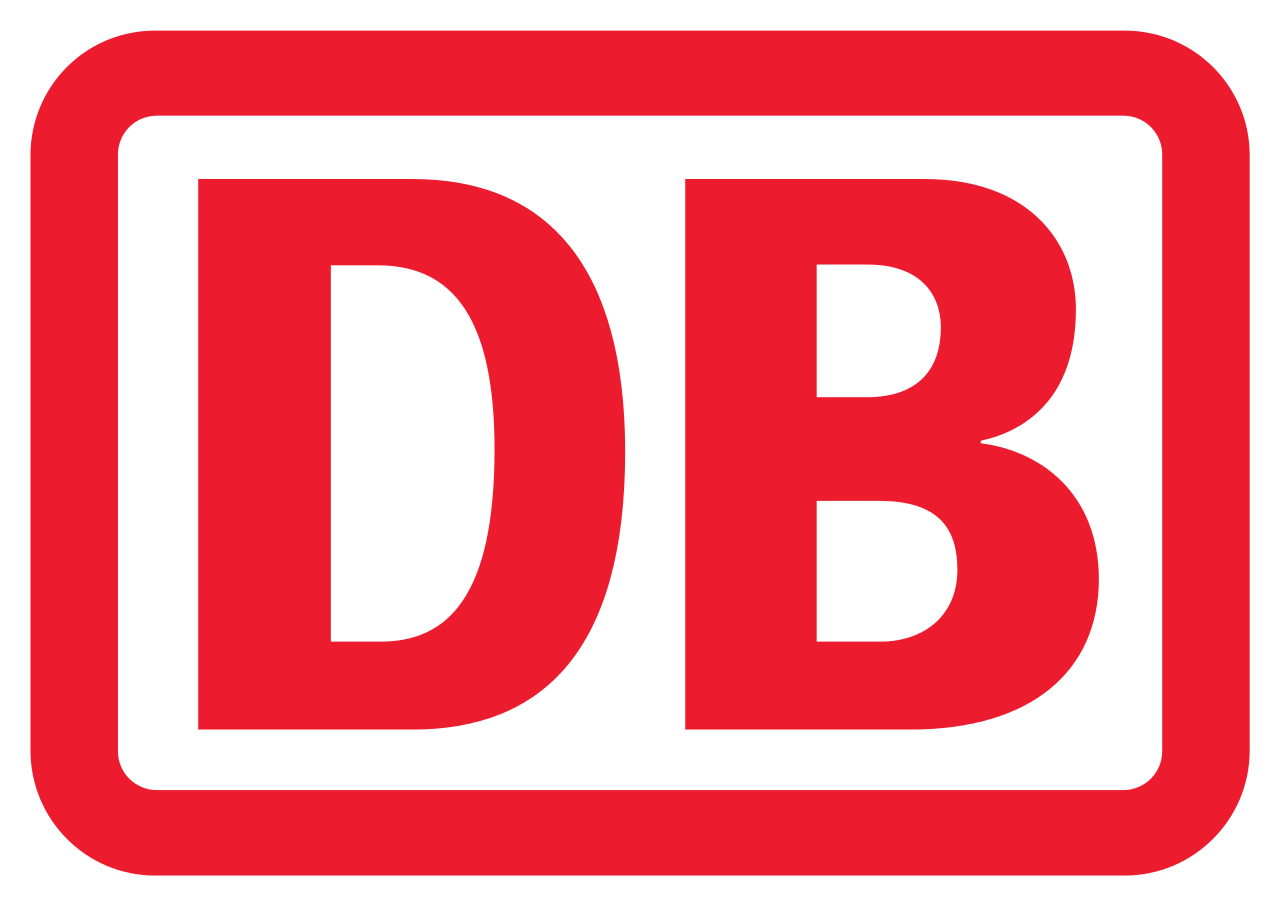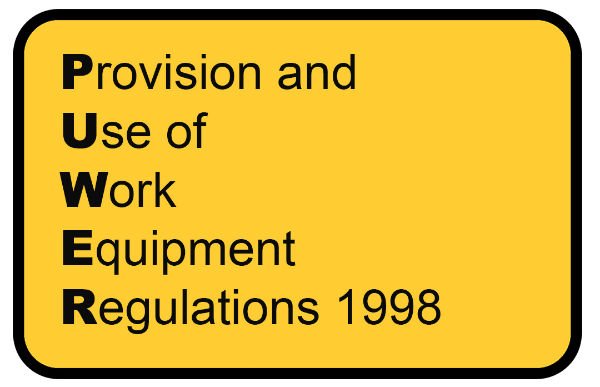Title Page
-
Date of Assessment:
-
Description of Equipment :
-
Serial No:
-
Site:
-
Location of Equipment:
-
Assessor(s):
PART 1 - GENERAL REQUIREMENTS APPLICABLE TO ALL EQUIPMENT
Reg. 4 - Suitability of Work Equipment
-
4.1 - Is the equipment suitable by design, construction, or adaptation for the work it is provided to do?
-
4.2 - Is the equipment suitable for the conditions in which it is to be used (e.g. electric drill to be used outside in damp conditions)?
-
4.3 - Can the work equipment cause risks in situations whereby it would otherwise be safe (e.g. petrol generator discharging into an enclosed space)?
-
4.4 - Is the equipment suitable for the purpose or conditions of use (e.g. use of knives for cutting equipment where scissors would suffice)?
Reg. 5 - Maintenance
-
5.1 - Is the equipment maintained? If so, state frequency
-
5.2 - Is the equipment subject to statutory inspection? If so, state which regs. apply e.g. COSHH, LOLER etc
-
5.3 - Is the maintenance work routine based on the manufacturer's recommendations?
-
5.4 - Is the maintenance work planned and preventative (required where parts of the equipment could fail in a dangerous way)?
-
5.5 - Have all maintenance staff received adequate information, instruction, and training?
-
5.6 - Is a record of maintenance kept?
-
5.7 - If a maintenance log is kept, is it up to date?
Reg. 6 Inspection
-
6.1 - Is equipment inspected after installation and before being put to use for the first time?
-
6.2 - Is equipment inspected after it is assembled at a new site or location?
-
6.3 - Is work equipment inspected at suitable intervals when it is exposed to conditions causing deterioration, which is liable to result in dangerous situations (e.g. high vibrations)?
-
6.4 - Is the equipment inspected for safety, each time an exceptional circumstances arises e.g. a major fault occurs?
-
6.5 - If equipment leaves the undertaking, or if obtained from another person, it is accompanied by physical evidence that the last inspection has been carried out?
Reg. 7 – Specific Risks and Restrictions on Use
-
7.1 - Is the use of this equipment restricted to specific persons (e.g. abrasive wheels, circular saws, etc.)?
-
7.2 - Is the repair, maintenance, modifications and servicing restricted to specific persons?
-
7.3 - Have those persons who use, repair, maintain, modify or service the equipment been adequately trained? If so, state training received.
Reg. 8/9 – Information, Instruction and Training
-
9.1 - Have all users of work equipment received adequate information, instruction and training, including: -<br>Methods<br>Risks<br>Precautions
-
9.2 - Has special emphasis been given to young persons under 18 years of age?
-
9.3 - Have all supervisors/ managers of work equipment received adequate information, instruction and training, including: -<br>Methods<br>Risks<br>Precautions
Reg. 10 – Conformity with EC Requirements (NEW EQUIPMENT ONLY)
-
10.1 - Does the equipment comply with relevant community directives (e.g. does it display a CE mark)?
-
10.2 - If so and where an essential requirement has applied to the design and construction of an item, have the requirements of regulations 11-19 and 22-29 been applied?
Reg. 11 – Dangerous Parts of Machinery (Reference should be made to BS5304, BSEN292-1 in making this assessment)
-
11.1 - Have measures been taken to prevent access to dangerous parts of the machine or rotating stock bar, or to stop movement or any dangerous part or rotating stock bar before any person enters a danger zone?
-
11.2a - In particular: - So far as is practicable have fixed guards been provided? If not then…
-
11.2b - In particular: - So far as is practicable have other guards or protection devices been provided? If not then…
-
11.2c - In particular: - So far as is practicable have jigs, holders, push sticks or similar protection devices been provided?
-
11.3 - Has adequate information, instruction, training and supervision been given?
-
11.4 - Has adequate information, instruction, training and supervision been given?
Reg. 12 – Protection Against Specified Hazards (So far as is reasonably practicable, have the risks associated with the following hazards been adequately controlled by means other than PPE, information, instruction, training or supervision?) The hazards to be considered are: -
-
12.1a - An article or substance being ejected from the equipment.
-
12 1b - Rupture or disintegration of parts
-
12.1c - Fire or overheating
-
12.1d - Unintended discharge of article or gas, dust, liquid, vapour or other substance
Reg. 13 – High or Very Low Temperature
-
13.1 - Where appropriate, are all parts of work equipment, articles or substances in the equipment protected to prevent burns by contact (engineering measures should always be applied, although circumstances may arise where the only form of protection may be PPE, etc.)?
Reg. 14 – Starting Controls
-
Regs. 14 - 18 – Control Mechanisms/ Systems - This section is qualified by the term ‘where appropriate’ which relates to the features, functioning and the risk associated with use. Start, stop and emergency control systems are not generally appropriate for work equipment with no moving parts, or where the risk of injury is negligible, e.g. battery powered clocks (ref should be made to the guidance note). It may well be that some of the following questions are not applicable.
-
14.1 - Is the equipment fitted with start, stop or operating condition controls which require a deliberate action to operate?
-
14.2 - Can starting take place by use of a protective device (e.g. an interlock)?
-
14.3 - Are the controls protected against inadvertent operation (e.g. starter shrouded)?
Reg. 15 – Stop Controls
-
15.1 - Does the stop control mechanism bring the work equipment to a safe condition in a safe manner (less than 10 seconds with woodworking machinery)?
-
15.2 - Are all sources of energy switched off after stopping the equipment (compressed air/ hydraulic pressure)?
-
15.3 - Does the stop control equipment operate in priority to controls which start or change operating conditions?
Reg. 16 – Emergency Stop Controls
-
16.1 - Is the equipment fitted with an emergency stop control which operates in priority to any other control mechanism?
Reg. 17 – Controls
-
17.1a - Are all controls clearly visible?<br>17.1b - Are they identifiable?<br>17.1c - Are they appropriately marked?
-
17.2 - Are control mechanisms in a safe position and operators free from danger?
-
17.3 - So far as is reasonably practicable, can the operator of any control ensure that from the position of the control, no person is in a place where there is a risk to health and safety? If Y go to Reg 18
-
17.4 - If no, are systems in place to ensure health and safety?
-
17.5 - If no, are there audible, visible or warning devices which are activated before the equipment starts?
Reg. 18 – Control Systems
-
18.1 - Do control systems allow for failures, faults and constraints to be expected in the planned circumstance of use, with no increased risk to health and safety?
-
18.2 - Does a failure of any part of the control system or its power supply lead to a ‘fail-safe’ condition, which will not impede the operation of the ‘stop’ or ‘emergency stop’ controls?
Reg. 19 – Isolation
-
19.1 - Are there suitable means to isolate the equipment from all sources of energy (e.g. multiple lockable hasps, removal of plug, close and lock off valves, drain/ vent outlets, etc.)?
-
19.2 - Are the means of isolation clearly identifiable?
-
19.3 - Are they accessible?
-
19.4 - Are there appropriate measures to ensure that reconnection does not expose any person to a risk of injury (e.g. reconnection initiating movement, adequate guards)
Reg. 20 – Stability
-
20.1 - Is the equipment stabilised by clamping or otherwise where necessary to prevent risk of injury (e.g. machines bolted to floor, scaffolds tied to building, outriggers on mobile cranes, etc.)
Reg. 21 – Lighting
-
22.1 - Are the places where the work equipment is to be used suitably and sufficiently lit (local lighting may be required on certain machines e.g. lathes, sewing machines)?
Reg. 22 – Maintenance Operations
-
22.1 - Is maintenance carried out with the machine stopped and isolated? If Y go to Reg 23
-
22.2 - If not and it is reasonably practicable to do so, are maintenance operations carried out without exposing persons to risk?
-
22.3 - If not, are there measures in place to reduce the risk of injury (e.g. temporary guards, limited movement controls, PPE, etc.)?
Reg. 23 – Markings
-
23.1 - Is the equipment appropriately marked for health and safety purposes e.g. emergency stop controls, safe working load, colour code of gas cylinders
-
23.2 - Do all markings comply with BS 5378 or Safety Signs and Signals Regulations 1998?
Reg. 24 – Warnings
-
24.1 - Are all warnings and warning devices unambiguous, easily understood, easily perceived (e.g. signs complying with the Safety Signs and Signals Regulations 1998, audible visible warnings on fork lift trucks, etc.)?
Assessors Confirmation
-
I have carried out this assessment on this work equipment and have/ have not (delete as appropriate) made recommendations for actions to be taken to achieve compliance, based on my findings on the day of the assessment
-
Recommendations made












